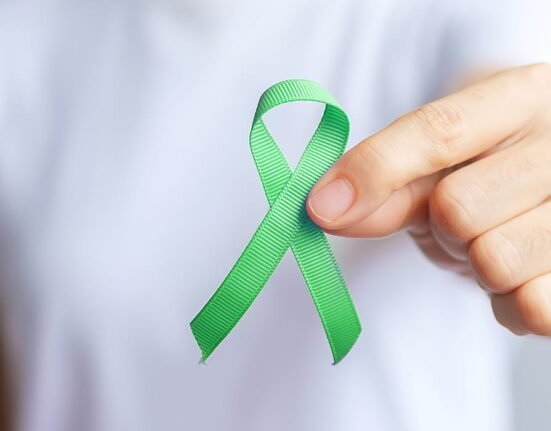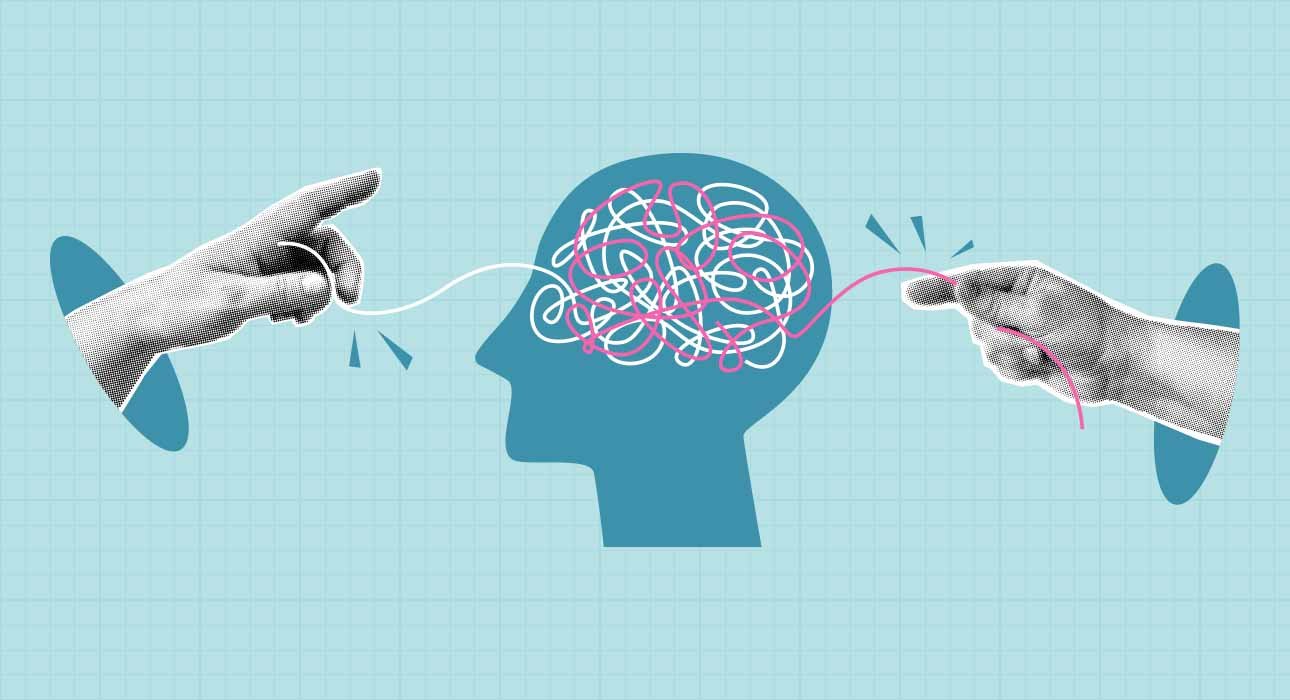That knot in Ananya’s stomach every Tuesday afternoon is still fresh in her memory. It was a day of therapy with Dr Mitchell. Every appointment left her feeling worse, not better. After struggling through it for eight months, the truth was undeniable: all her effort was going into being whatever her therapist wanted, while her own anxiety just kept growing.
And here’s the distressing truth: Ananya’s tale is not that unusual. In our rush to treat therapy as the ultimate cure for stress, anxiety, and everything in between, we’ve missed a tricky possibility: sometimes, therapy itself can make things worse.
Read More: What to talk about in therapy?
Does Therapy Actually Work? The Numbers Behind It
On average, therapy does help. Big studies show that most people who go to therapy end up better off than about three-quarters of people who don’t get any treatment at all (Lambert & Ogles, 2004). That’s pretty good odds. But here’s the kicker: not everyone gets better. Around 35–40% of patients in trials don’t improve at all (Hansen et al., 2002). And worse, about 5–10% actually deteriorate (Linden & Schermuly-Haupt, 2014). With kids, the numbers are even more striking: two-thirds report at least one negative effect from therapy (Weisz et al., 2022). Think about it. If your doctor handed you a cast for a broken arm and said, “By the way, there’s a 10% chance this will make your arm worse,” you’d have questions, right? We should feel the same freedom to question therapy.
When “Help” Feels Like Harm
Mark, a 34-year-old veteran, hoped therapy would give him some peace. Instead, he felt like he had to defend his very existence. His therapist brushed off his hypervigilance—calling it “cognitive distortions.” To her, it was faulty thinking. To him, it was the reason he survived three IED explosions in Afghanistan. That wasn’t therapy. That was dismissal. And unfortunately, it’s not unusual. Many clients say they leave therapy feeling judged, forced into a textbook diagnosis that doesn’t match their reality (Lilienfeld, 2007).
The Therapist Matters More Than You Think
Here’s something most people don’t realise: therapists vary—a lot. Some consistently help clients improve. Others… not so much. Research shows wide gaps between clinicians when it comes to client outcomes, including who gets better and who gets worse (Kraus et al., 2011). In other words, who you sit across from might matter more than what therapy you choose.
Read More: Choosing the Right Therapist: Red Flags You Should Never Ignore
The Quiet, Sneaky Nature of Bad Therapy
Bad therapy rarely looks like malpractice. More often, it’s a slow drip of missteps. Take Priya, a software engineer who moved cities and felt lonely. Instead of helping her settle into a new life, her therapist spent two years digging for hidden childhood trauma. “I ended up convinced I had serious attachment issues,” she said. “But really, I just needed time to meet people and build a community.” Therapy didn’t fail her—it redirected her pain into something that wasn’t even the real problem.
Red Flags: How to Know If Therapy Isn’t Working
1. Watch for these warning signs
- The All-Knowing Guide → Your therapist acts like they have the one map to your mind instead of helping you draw your own.
- The Symptom Spotter → Every mood is pathologised. A bad week becomes a disorder.
- The Dependency Trap → You leave sessions feeling smaller, less confident, and more reliant on their approval.
2. Ask yourself
- Do I leave feeling clearer, or more confused?
- Am I becoming stronger on my own, or more dependent on the therapist? Does this space feel safe for me to be myself?
The Bottom Line
This doesn’t mean therapy is useless. Good therapy can help you build clarity, confidence, and healthier ways of living. But therapy isn’t a magic fix—and it isn’t for everyone, at every stage. Sometimes what you need is community. Sometimes it’s professional help. Ananya eventually learned this the hard way. By stepping back from sessions that left her drained, she found healing in a different form: trusting her own instincts again. And maybe that’s the real lesson here. Healing isn’t about surrendering your power—it’s about remembering that you already hold much of the wisdom you’re looking for.
References +
Hansen, N. B., Lambert, M. J., & Forman, E. M. (2002). The psychotherapy dose-response effect and its implications for treatment delivery services. Clinical Psychology: Science and Practice, 9(3), 329- 343.
Kraus, D. R., Castonguay, L., Boswell, J. F., Nordberg, S. S., & Hayes, J. A. (2011). Therapist effectiveness: Implications for accountability and patient care. Psychotherapy Research, 21(3), 267- 276.
Lambert, M. J., & Ogles, B. M. (2004). The efficacy and effectiveness of psychotherapy. In M. J. Lambert (Ed.), Bergin and Garfield’s handbook of psychotherapy and behaviour change (5th ed., pp. 139-193). Wiley.
Lilienfeld, S. O. (2007). Psychological treatments that cause harm. Perspectives on Psychological Science, 2(1), 53-70.
Linden, M., & Schermuly-Haupt, M. L. (2014). Definition, assessment and rate of psychotherapy side effects. World Psychiatry, 13(3), 306-309.
Weisz, J. R., Kuppens, S., Ng, M. Y., Eckshtain, D., Ugueto, A. M., Vaughn-Coaxum, R., Jensen Doss, A., Hawley, K. M., Krumholz Marchette, L. S., Chu, B. C., Weersing, V. R., & Fordwood, S. R. (2022). What five decades of research tell us about the effects of youth psychological therapy: A multilevel meta-analysis and implications for science and practice. American Psychologist, 77(4), 396-411.













Leave feedback about this